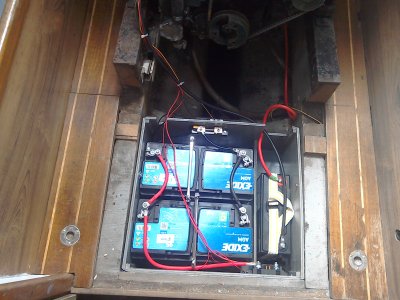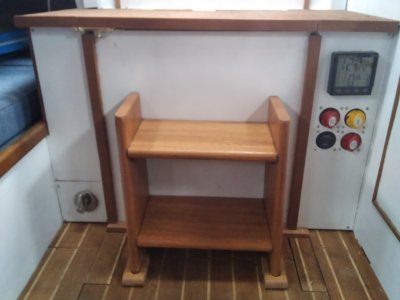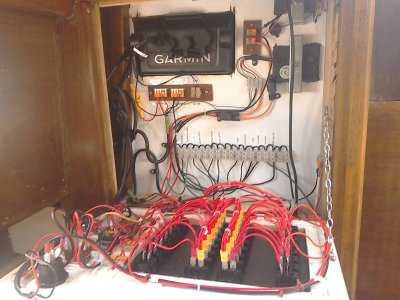steveeasy
Well-known member
Currently my boat has 1 single house battery and 1 engine start battery. both are 75 Amp lead acid. These sit in the original battery box and I dont want to build new battery boxes. Ive been thinking I could fit larger, 100 amp hr Lithium Iron batteries in the same space. increasing battery storage capacity. ie 2 house batteries, and fit a small lead acid engine start battery somewhere else.
I wondered if anyone can offer any advice on this and should I change the 1,2 B switch at the same time. Perhaps I should start from scratch and if so any suggestions appreciated. was going to fit a victron battery monitor and have a 50 watt solar panel with a Renogy 10 watt controller.
Steveeasy
I wondered if anyone can offer any advice on this and should I change the 1,2 B switch at the same time. Perhaps I should start from scratch and if so any suggestions appreciated. was going to fit a victron battery monitor and have a 50 watt solar panel with a Renogy 10 watt controller.
Steveeasy




